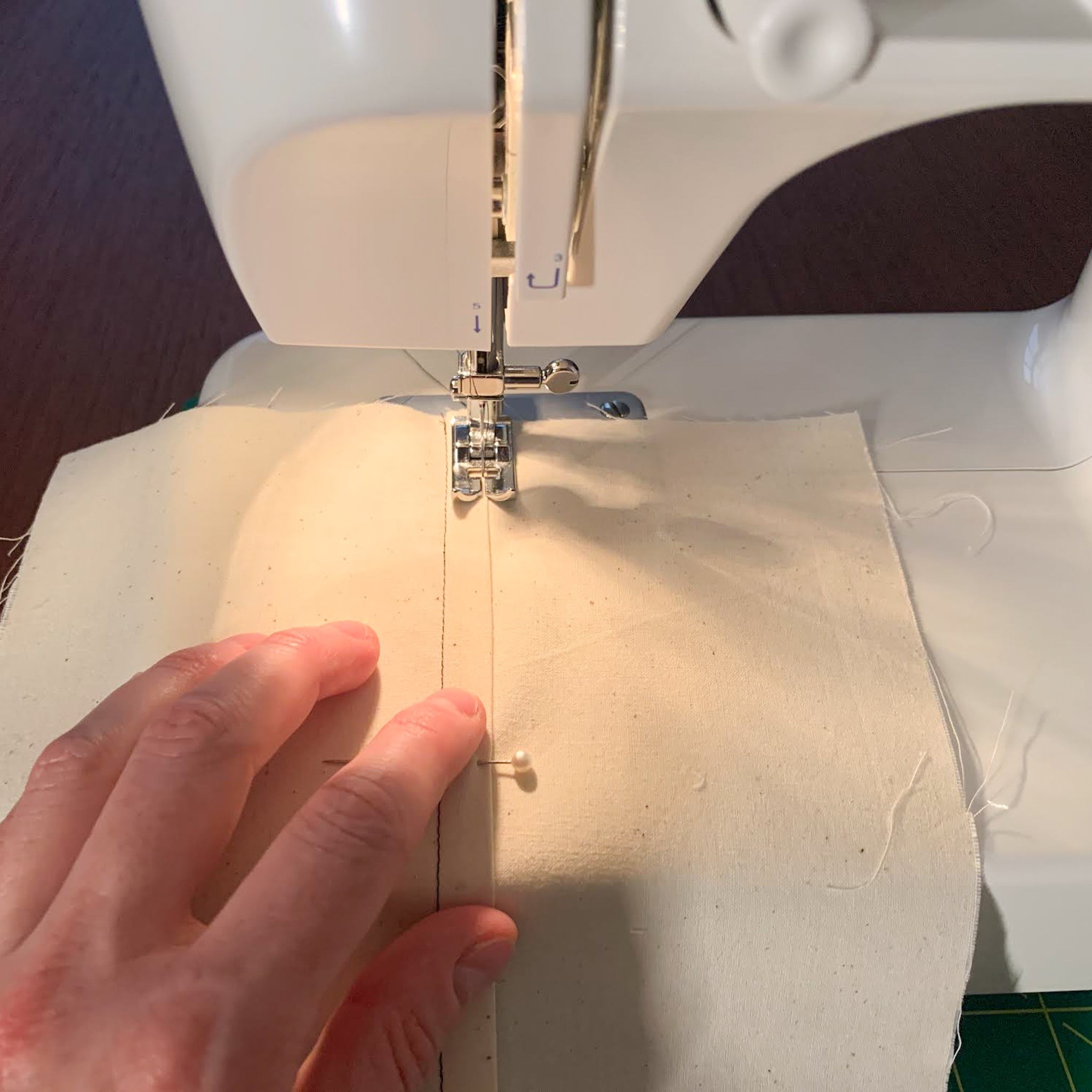For anyone passionate about sewing, achieving straight, consistent seams is crucial for a professional finish. A seemingly simple yet incredibly effective tool to help achieve this is the Seam Guide. This small gadget can be a game-changer, whether you’re a beginner or an experienced sewist, streamlining your workflow and boosting the quality of your projects. Let’s delve into why a seam guide is an indispensable addition to your sewing toolkit.
Achieve Consistent Seam Allowances Effortlessly
One of the primary benefits of using a seam guide is the unparalleled consistency it brings to your seam allowances. Traditionally, ensuring uniform seam width involves meticulously marking fabric or constantly watching the edge of the presser foot. A seam guide eliminates this hassle. By providing a physical barrier, it guides your fabric straight, ensuring every stitch is perfectly aligned at the desired distance from the fabric edge. This is particularly beneficial when working on long seams or complex projects requiring high precision.
Save Time and Increase Sewing Speed
Time is precious, especially for those who juggle sewing with other commitments. The seam guide is a significant time-saver in this regard. Previously, sewers might spend considerable time pre-marking seam allowances with pens or chalk. This step, while necessary for accuracy without a guide, is tedious and time-consuming. A seam guide negates the need for marking altogether. Simply position the guide at your desired seam allowance, and you can feed fabric through your machine with confidence and speed.
Enhance Sewing Precision for Professional Results
Beyond saving time, a seam guide elevates the overall quality of your sewing. By providing a reliable edge to follow, it minimizes wobbles and deviations, resulting in straighter, more professional-looking stitches. Sewing without a guide often requires intense concentration and cautious movements to maintain accuracy. With a seam guide, you can sew more freely and quickly, knowing that your seam allowance remains consistent. While it’s still important to monitor fabric feed and ensure it doesn’t bunch or curl, especially with delicate materials, the guide significantly reduces the effort needed for precise stitching.
Considerations When Using a Seam Guide
Potential Scratches on Throat Plate – and How to Avoid Them
While seam guides are incredibly useful, it’s worth noting a potential minor issue: scratching. Dragging a magnetic seam guide across the sewing machine’s throat plate can cause light scratches over time. To prevent this, always lift the guide completely off the surface before repositioning it. This simple precaution will keep your machine’s throat plate in pristine condition.
Addressing Magnet Concerns with Modern Sewing Machines
Concerns about magnets damaging computerized sewing machines occasionally surface in online sewing communities. However, the small magnet used in most seam guides is not powerful enough to harm modern machines, including those with LCD or OLED screens. For reassurance, numerous demonstrations show magnets placed on computerized sewing machines without causing any adverse effects. If you have any lingering doubts, consulting your sewing machine’s user manual or contacting the manufacturer is always a prudent step.
Verify Throat Plate Markings for Accurate Seam Guide Placement
To ensure your seam guide is positioned accurately, it’s wise to double-check the measurement markings on your sewing machine’s throat plate. These markings should indicate the distance from the needle, but discrepancies can occur. Use a seam gauge, quilting ruler, or even a regular ruler to verify these markings before relying on them to place your seam guide. Accurate placement is key to achieving the desired seam allowance consistently.
Conclusion
Incorporating a seam guide into your sewing practice is a small change that yields significant benefits. It simplifies achieving consistent seam allowances, saves valuable time, and enhances the precision of your stitching, leading to more professional results. Whether you sew garments, quilts, or home décor, a seam guide is a versatile and affordable tool suitable for all skill levels. Consider adding this handy gadget to your sewing arsenal and experience the difference it makes in your projects.

